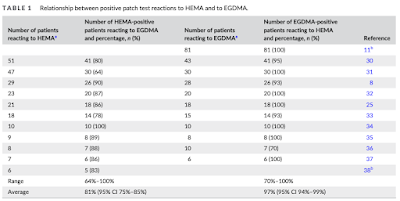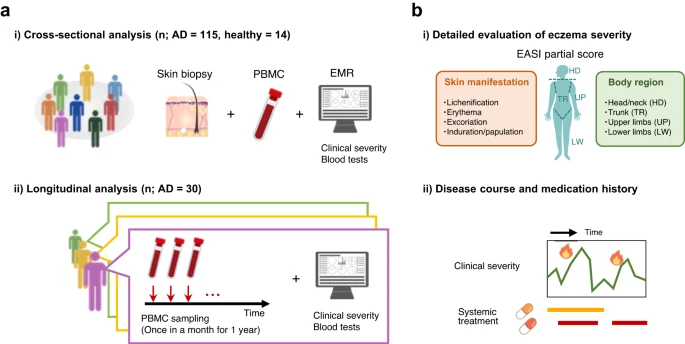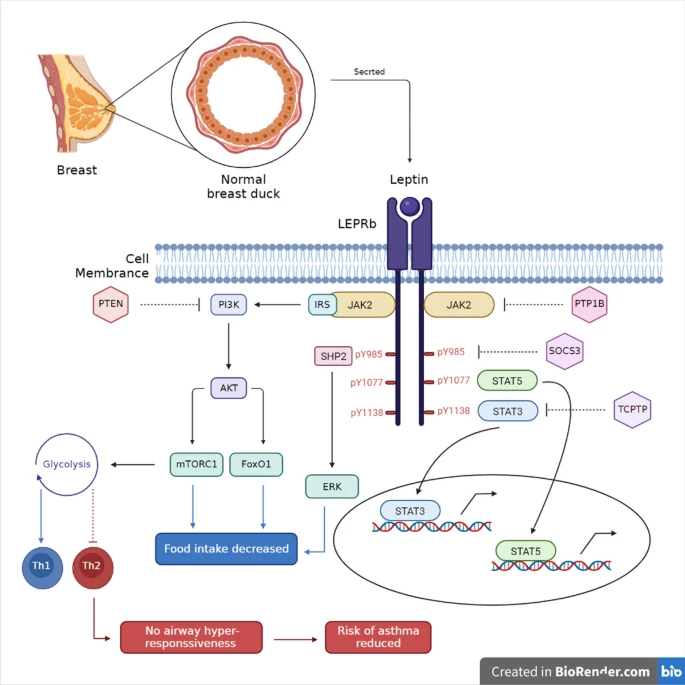Background
The allergists´ tool box in cat allergy management is limited. Clinical studies have shown that holo beta-lactoglobulin (holoBLG) can restore micronutritional deficits in atopic immune cells and alleviate allergic symptoms in a completely allergen-nonspecific manner. With this study, we aimed to provide proof of principle in cat allergy.
Methods
A novel challenge protocol for cat allergy in a standardized ECARF allergen exposure chamber (AEC) was developed. In an open pilot study (NCT05455749), patients with clinically relevant cat allergy were provoked with cat allergen for 120 min in the AEC before and after a 3-month intervention phase (holoBLG lozenge 2x daily). Nasal, conjunctival, bronchial, and pruritus symptoms were scored every 10 min– constituting the total symptom score (TSS). Peak nasal inspiratory flow (PNIF) was measured every 30 min. In addition, a titrated nasal provocation test (NPT) was performed before and after the intervention.











